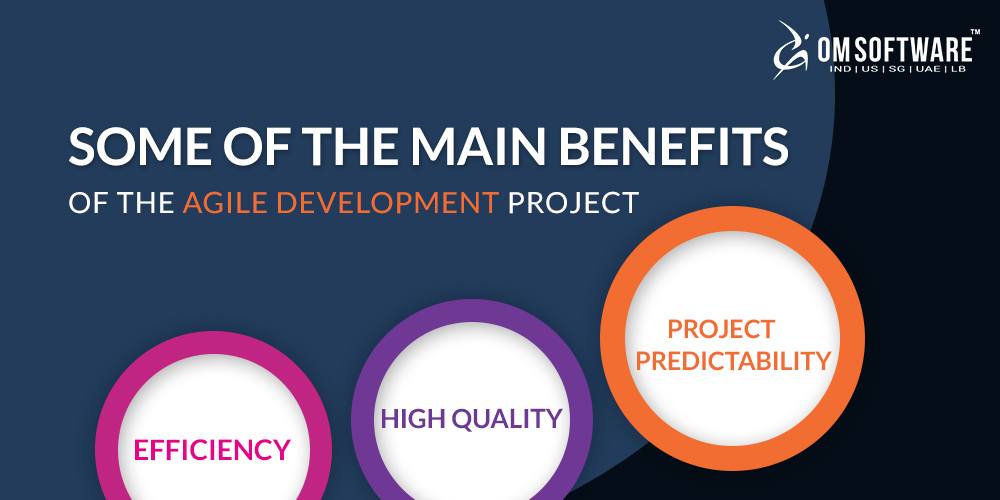

This process helps you reduce the risk of failing to deliver your projects.

These small but actionable "deliverables" are being continuously released to the market without waiting for everything to be completed upfront.

When managing Agile initiatives or projects, instead of having big work batches, the focus is on breaking them down into smaller pieces that bring value to the client. This happens through the concept of continuous delivery and getting customer feedback early in the process, as fast as possible. Agile teams can better react to emerging changes, which reduces the risk of complete project failure. That's why one of the most significant benefits of Agile lies within adaptability. This is what often happens in the traditional (Waterfall) approach to managing projects that is less likely to occur in Agile. Unless you can respond to them, you risk accumulating significant project delays and ultimately failing to deliver what has been promised to the end customer.
The same goes for customer requirements, which can alter all the time. Take, for example, the technology innovations that appear on the market almost every year. Nowadays, everything changes rapidly, especially in knowledge work. In the following paragraphs, we will introduce you to 5 essential Agile benefits, so bear with us. Since the release of the Agile manifesto, more and more companies outside the sector have started realizing the advantages of Agile project management over the traditional approach. Integrate with external systems to get the most out of your Kanban softwareĬreate and update cards via email and reply to emails by adding a comment Reduce multitasking, alleviate bottlenecks, and keep a steady flow of work Visualize and track cross-team dependencies via card linksĬreate probabilistic plans for future project deliveryĪutomate your process to trigger actions when certain events occurĪnalyze your workflow’s performance through a variety of Lean/Agile charts Implement OKRs and align your strategy with day-to-day executionĭisplay critical business metrics and gather reports in one placeĬustomize your work items as needed and enhance communication Visualize your past, current, and future initiatives or projectsĭistribute and track work across the entire organization Keep your teams' work in a single place with multi-layered Kanban boards Keep track of tasks and get accurate status reports in real-timeĬreate a network of interlinked Kanban boards on a team and management level


 0 kommentar(er)
0 kommentar(er)
